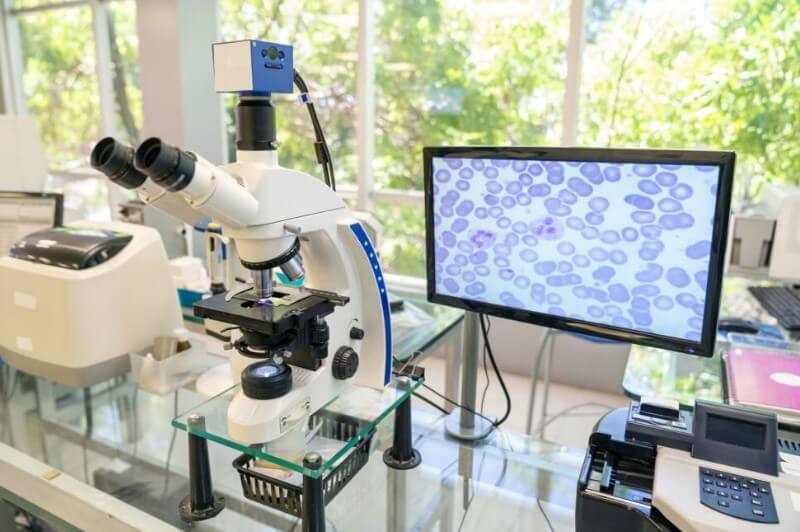The compound microscope is a remarkable scientific instrument that has revolutionized our ability to explore and understand the microscopic world. This type of microscope employs a combination of lenses to achieve high magnification and resolution, enabling detailed observation of tiny structures and specimens. Compound microscopes are widely used in scientific research, education, and medical fields, providing invaluable insights into the realms of biology, medicine, materials science, and beyond. There are various types of compound microscopes, each designed with specific features and applications in mind. In this context, we will explore the different types of compound microscopes and their unique capabilities, highlighting the versatility and significance of these instruments in advancing our knowledge and discoveries in the microscopic domain.
Types of Compound Microscopes
There are several types of compound microscopes, each designed to meet specific requirements and cater to different applications. Here are some of the common types:
- Monocular Microscope: A monocular compound microscope has a single eyepiece for viewing the magnified image. It is often used in educational settings and basic laboratory applications.
- Binocular Microscope: Binocular compound microscopes feature two eyepieces, providing a more comfortable viewing experience. Binocular microscopes are widely used in research laboratories, medical facilities, and professional settings where prolonged use is common.
- Trinocular Microscope: Trinocular compound microscopes have two eyepieces for viewing and an additional third eyepiece or port for attaching a camera or imaging device. This allows for simultaneous viewing and documentation or imaging of the specimen, making trinocular microscopes suitable for research, documentation, and presentations.
- Fluorescence Microscope: Fluorescence microscopes are equipped with specialized illumination systems and filters to observe specimens that emit fluorescence. They are widely used in biological and biomedical research, as well as in diagnostics, genetics, and molecular biology.
- Phase Contrast Microscope: Phase contrast microscopes are specifically designed to enhance the visibility of transparent, unstained specimens. By exploiting differences in refractive index, phase contrast microscopy provides contrast and detail that would otherwise be difficult to observe. They are commonly used in cell biology and live cell imaging.
- Differential Interference Contrast (DIC) Microscope: DIC microscopes utilize polarized light to create a three-dimensional image of the specimen, providing enhanced contrast and detailed visualization. DIC microscopes are commonly used in material science, geology, and biological research.
- Confocal Microscope: Confocal microscopes utilize laser beams and pinhole apertures to capture sharp optical sections of a specimen, resulting in high-resolution, three-dimensional images. These microscopes are widely used in biological research, neuroscience, and biomedical imaging.
- Digital Microscope: Digital microscopes are equipped with built-in cameras or can be connected to external imaging devices. They allow real-time viewing of the specimen on a monitor or computer screen, making them useful for educational purposes, documentation, and sharing images digitally.

Each type of compound microscope offers specific advantages and is tailored to meet the demands of different scientific fields and applications. The selection of a microscope type depends on the nature of the specimens, the required resolution, imaging techniques, and the intended use.
Conclusion
In conclusion, a compound microscope is a vital tool that has transformed our understanding of the microscopic world. With its ability to achieve high magnification and resolution, it has become indispensable in scientific research, education, and medical fields. The various types of compound microscopes, such as monocular, binocular, trinocular, fluorescence, phase contrast, DIC, confocal, and digital microscopes, cater to different applications and imaging techniques. Each type offers unique features and advantages, allowing researchers and scientists to explore a wide range of specimens and phenomena. Whether it’s observing cellular structures, studying live organisms, or analyzing materials at a microscopic level, the versatility of compound microscopes and their different types play a crucial role in advancing knowledge and discoveries in numerous scientific disciplines.



